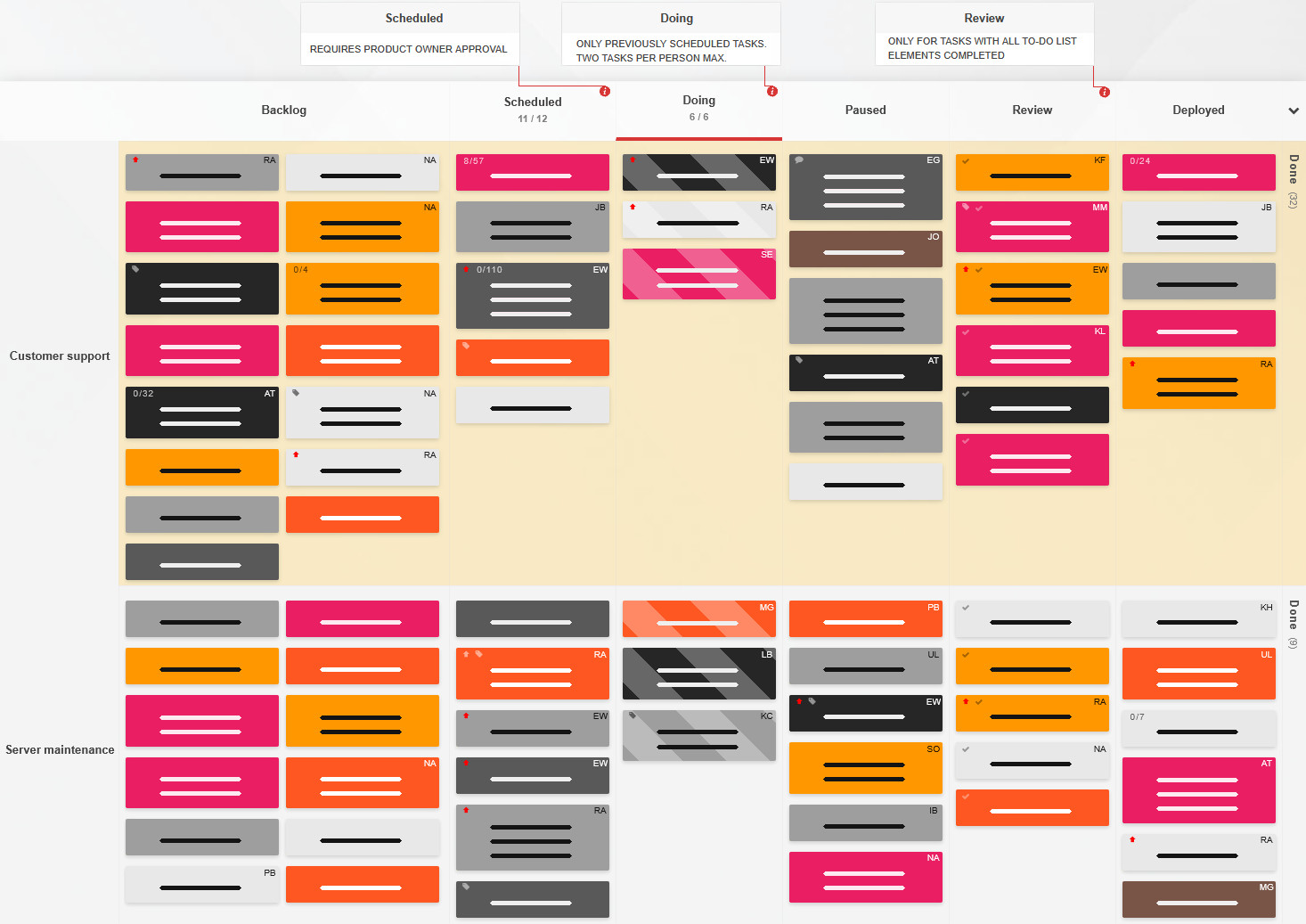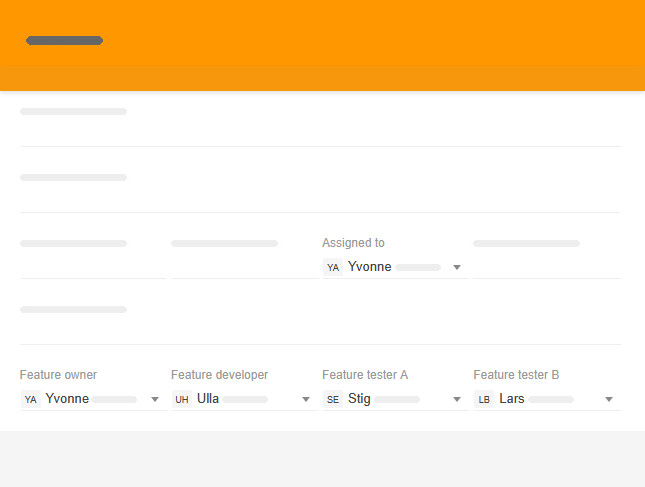Blog
Micro Policies Guiding Macro Benefits in Team Workflow05 Aug 2025

There is a particular kind of momentum that drives high-functioning teams. It rarely emerges from talent alone, but rather comes from a well-thought-out structure rich with detail — specifically, detail that's intentionally minimal, deliberately enforced, and mutually understood. Talking about micro policies here: compact agreements embedded in day-to-day operations that govern how people collaborate. While individually minor, collectively they are transformative and will often make the difference between an average-performing and an excellent one.
Take, for example, a policy as straightforward as “No card moves without acceptance.” On the surface, a friction-inducing constraint. However, in practice, it serves as a circuit breaker for misalignment, an arrangement shifting a Kanban board from passive decoration to active, meaningful coordination. When no one moves work items forward without clear acceptance from the receiving party, the visual flow begins to tell the truth. Tasks no longer vanish into ambiguous “in progress” purgatory, handovers become intentional, yet ownership remains visible.
We're not talking about extra bureaucracy, but about a form of social signaling, embedded into the team’s workflow.

The hidden problem of frictionless workflows
A typical team's workflow will be optimized for speed—drag, drop, and done. However, high velocity with low context can lead to superficial throughput. Cards may get moved before they’re ready, and whether an item is “done” can become subjective. Developers will start work that QA isn’t yet ready for, and product owners will review half-built stories that were never discussed.

Clever micro policies can intervene in this drift toward chaos. Still, they cannot be rules for rules' sake - they must be deliberately scoped mechanisms of establishing semantic consistency. What does “ready” mean at each hand-off point? Who says a task is “done” in every stage of production? Should the design sign off before implementation begins? These are not self-evident questions, and assuming shared understanding without formalizing it is an expensive gamble.
But when small agreements replace assumptions, the results change from ambiguity to clarity.
Micro rules for boosting process predictability
Unlike total process overhauls or new framework adoptions, adding micro policies doesn't have to be disruptive. They usually work best when introduced incrementally, in response to real flow breakdowns. For instance, a team that repeatedly reviews tickets too late could adopt a policy of “No story enters a sprint without prior review by tech and QA.”
The sheer simplicity of the rule is the point. These rules should exist to prevent recurring failures.
A few other examples demonstrating the subtlety and power of micro policies might be:
- “No PR merges without two approvals, one from another discipline.”
It will help prevent tunnel vision and improve cross-functional review. - “Only product owners can move tickets to ‘Ready for Dev’.”
It establishes a clear signal that upstream scoping is complete. - “Stand-up meetings are not for status updates; but for coordination and problem-solving.”
It forces a rethinking of communication purpose, reduces noise, and establishes board observation as the status-update source.
Policies like these will deliver because they’re not abstractions, and are closely tied to a specific team's pain points. These micro rules should codify a lesson, so the team doesn’t have to relearn it with each process iteration.

How to design effective micro policies
Of course, a policy being minor alone does not necessarily make it useful. Bad ones may emerge from top-down assumptions, or attempts to preempt every single edge case. Good micro-policies usually meet a few criteria:
- Context-aware: The policy responds to the team’s specific friction points.
- Unambiguous: The policy can be followed without the need for an interpretation.
- Minimalist: The policy address one issue at a time.
- Enforceable: The policy is either culturally self-policed or tool-supported.
Appropriate tooling helps a lot, but it cannot replace a team's shared understanding. While process automation can prevent a card from changing stages without set approval, it cannot define what “approval” means. That still requires team dialogue — and micro policies often prompt exactly the right kinds of conversations.
Clarity as a shared asset
An underappreciated benefit of applying micro policies is how they externalize team knowledge. Without them, the real-life way work gets done lives in the heads of the most experienced or outspoken individuals, and that’s brittle from the company's standpoint. When someone leaves, or when a new hire joins, it is the institutional knowledge that becomes a bottleneck.
Micro policies can effortlessly turn the implicit explicit, as documentation that evolves in real time. Newly onboarded teammates don’t need to guess what “in review” means or who’s responsible for validation—they can see it play out in daily rules and routines.
In short, small rules create shared clarity, which in turn supports sustainable autonomy across the workflow.

The outcome: More flow, not more control
Believing that rules restrict creativity is a persistent misconception. As proven time and time again by Work-In-Progress limiting, well-designed and placed constraints enable better decision-making and foster better focus. When a team no longer has to stop to negotiate basic coordination principles, more cognitive bandwidth is available for solving real problems.
Crucially, micro policies don’t scale through mandates but through resonance. The ones that stick do so because they make life easier for everyone, not because someone forced them in. When a team owns its working agreements—selects its constraints—it also chooses and guides its efficiency.
When managing intricate, cross-functional work, clarity is leverage, and in collaborative systems, the smallest constraints often yield the largest returns.
Sign up for a 14-day free trial
to test all the features.
Sign up now and see how we can help
your organization deliver exceptional results.